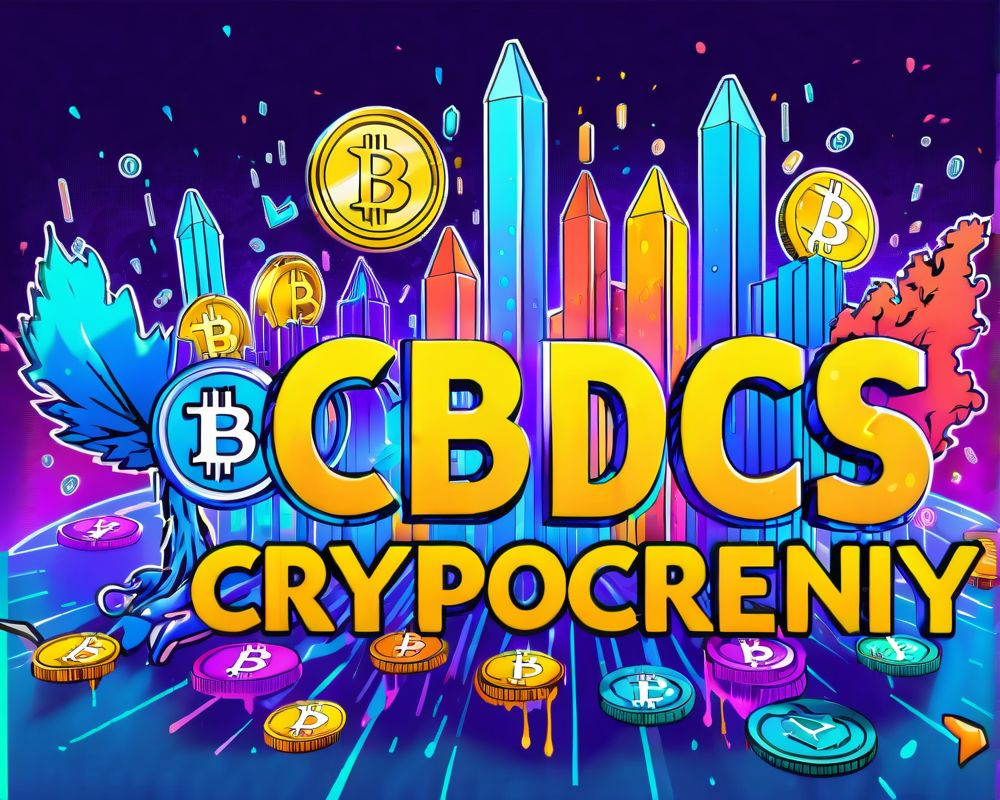How the Rise of CBDCs Could Shape the Future of Cryptocurrency
Explore how CBDCs may affect the cryptocurrency landscape, from regulations to increased adoption, through insights from industry experts.
PayPal Stablecoin Launch Sparks Political Tug-of-War Over Regulation
PayPal’s launch of the PYUSD stablecoin has sparked political debates over regulatory clarity. Explore the contrasting views of lawmakers and consumer concerns.
Navigating the PayPal Stablecoin Debate: A Political Tug-of-War
Unravel the mixed political reactions from lawmakers on PayPal’s new stablecoin, PYUSD, and its implications for crypto regulation.
PayPal’s PYUSD: A Double-Edged Sword for Ethereum and the Crypto Community
PayPal’s new stablecoin PYUSD raises questions of decentralization while potentially pushing Ethereum into mainstream adoption.
The PayPal PYUSD Roller Coaster: Stablecoin Joys and Woes in the Ethereum Realm
Discover the mixed reactions to PayPal’s PYUSD stablecoin and its implications for Ethereum, decentralization, and the future of digital payments.
Riding the PYUSD Wave: How New Tokens are Flooding the Market
Explore the rise of copycat tokens following PAYPAL’s stablecoin launch and learn how to identify potential scams.
PayPal Launches PayPal USD: A Game Changer in Digital Payments
Discover PayPal USP, a revolutionary stablecoin designed for digital payments. Learn how it could change the crypto landscape.
PayPal USD: The Game-Changer Stablecoin That Everyone’s Talking About
Explore PayPal USD, a groundbreaking stablecoin aimed at transforming digital payments and paving the way for crypto integration.
The AAVE Proposal Controversy: Balancing Debt, Decentralization, and Censorship-Resistance
Discover the controversy surrounding the AAVE proposal aimed at debt control and its implications for censorship-resistance in decentralized finance (DeFi).
Hong Kong’s Bold Steps Towards Stablecoin Regulation: The Future of Fintech
Explore Hong Kong’s ambitions to regulate stablecoins by 2024, establishing itself as a fintech pioneer while contrasting with U.S. regulatory approaches.









